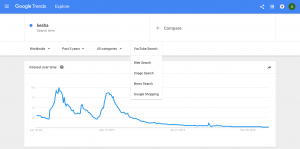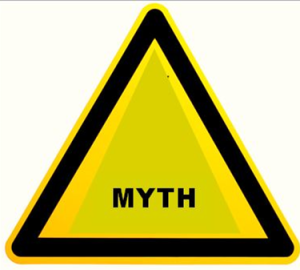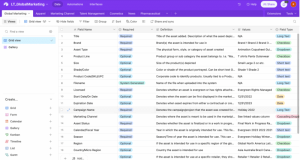When LinkedIn first got its’ start, with just 4500 members according to LinkedIn’s About Us page, all you needed to appear cutting-edge was a LinkedIn account.
Once word spread and more joined the ranks of LinkedIn, a resume cut-and-paste was still sufficient to differentiate yourself from the competition.
Fast Forward to today, and everything has changed. Today LinkedIn boasts over 400 million users in over 200 countries and territories, with professionals signing up at a rate of more than two new members per second.
According to a 2015 U.S. News & World Report article, a 2014 Jobvite survey found that 94 percent of recruiters use LinkedIn to source and vet candidates.
As a professional resume writer who has worked with hundreds of clients, focusing on differentiation between resume and LinkedIn in three key areas has helped my clients in the following ways:
- Increased profile views
- Increased recruiter outreach
#1 TONE
In a Resume CAN BE FORMAL: In industries where formality reigns (examples include Financial Services, Risk Management, Accounting) a resume should have a slightly formal tone. This means avoiding the use of first person “I” and keep copy crisp and brief.
On LinkedIn SHOULD BE CONVERSATIONAL: Where a resume is a chance to show your story, LinkedIn provides the additional opportunity to let the reader “hear” your voice.
The tone, in other words, should be written the way you speak.
#2 HEADLINE
In a Resume CAN BE CUSTOMIZABLE: In order to show your reader the roles for which you are well suited, a resume headline can be tweaked to align with the job for which you are applying.
On LinkedIn MUST BE KEYWORD SEARCHABLE: Uncheck LinkedIn’s default box that makes your headline appear as your current job title. Instead incorporate keywords a hiring manager or recruiter might use to locate talent like you.
#3 SUMMARY SECTION
In a Resume must be BRIEF & TO-THE-POINT: The summary must convey to the reader how you are ideally suited for a particular role. Given that you have limited real-estate on a resume to work with, I recommend no more than five or six lines devoted to this endeavor.
On LinkedIn include EVERYTHING UNTIL YOU RUN OUT OF ROOM: LinkedIn supplies 2000-characters in this section. I recommend maximizing this to the fullest by including career highlights, a skills section as well as contact information.
Differentiate, Don’t Cut-and-Paste
Although making sure your headline, summary section and tone are different on LinkedIn from how they appear in your resume may take work, I can attest to the fact that the ROI is well worth it.
In need of some career advice, a refreshed resume or rebranded LinkedIn?
Digital & Social Articles on Business 2 Community(90)





